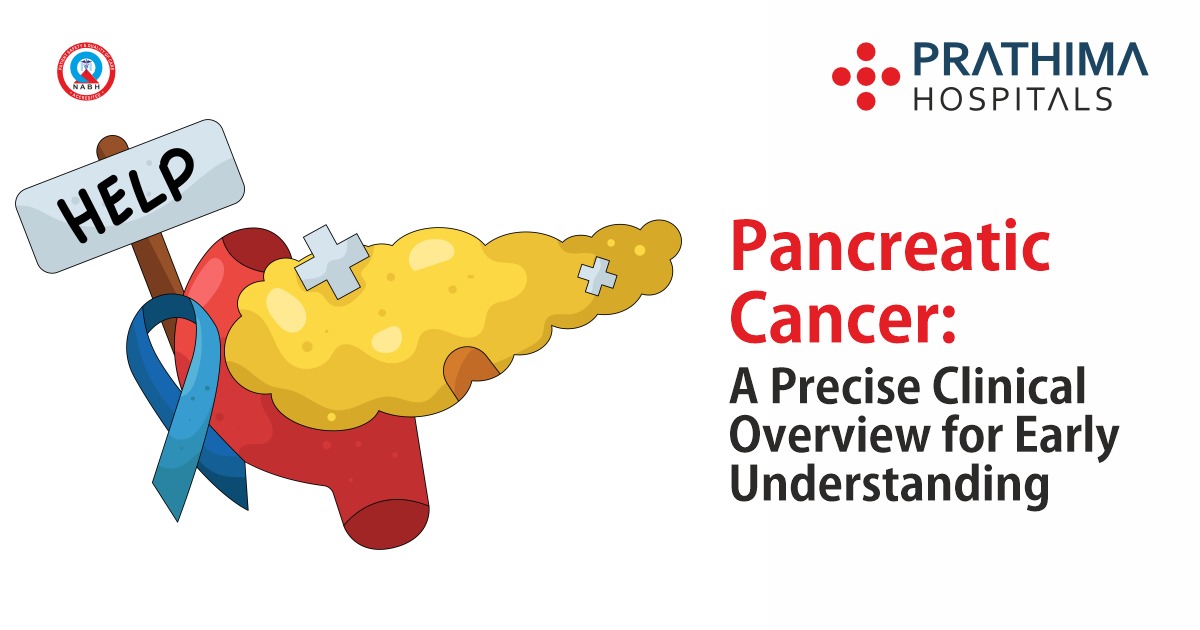Comprehensive Guide to Epilepsy: Insights, Treatment Options, and Societal Impact!

Epilepsy Awareness
Understanding Epilepsy: A Comprehensive Overview
Epilepsy, a neurological disorder characterized by recurrent unprovoked seizures, affects millions of individuals worldwide, making it a significant public health concern. While seizures are the defining feature of epilepsy, the condition encompasses a spectrum of manifestations, diagnostic intricacies, treatment modalities, and psychosocial implications. This comprehensive overview aims to delve into the complexities of epilepsy, shedding light on its various facets and their broader implications for individuals, families, and society.
The Nature of Epilepsy: Mechanisms and Prevalence
Epilepsy disrupts the normal functioning of the brain’s intricate network of nerve cells, leading to abnormal electrical activity and the manifestation of seizures. These seizures can range from brief episodes of altered consciousness or sensory perception to convulsive seizures involving involuntary movements and loss of control. The exact mechanisms underlying epilepsy vary widely and may involve genetic factors, structural abnormalities in the brain, neurotransmitter imbalances, or a combination of these factors.
Despite its heterogeneity, epilepsy remains a prevalent condition, affecting people of all ages, genders, races, and socioeconomic backgrounds. According to the World Health Organization (WHO), approximately 50 million people worldwide have epilepsy, with an estimated 2.4 million new cases diagnosed each year. While epilepsy can develop at any age, it most commonly emerges in childhood or adolescence, with peak onset occurring in early childhood and after age 60 as said by Best Neurologist in Hyderabad.
Classification of Epileptic Seizures
To better understand epilepsy, it is essential to categorize seizures according to their clinical presentation and underlying mechanisms. The International League Against Epilepsy (ILAE) classifies seizures into two main categories: generalized seizures and focal (or partial) seizures.
Generalized seizures involve widespread electrical discharges that affect both hemispheres of the brain simultaneously. These seizures typically manifest with loss of consciousness and bilateral motor involvement. Subtypes of generalized seizures include absence seizures (formerly known as petit mal seizures), tonic-clonic seizures (formerly known as grand mal seizures), atonic seizures, and myoclonic seizures.
Focal seizures, on the other hand, originate from a specific region or network of the brain and may manifest with localized sensory, motor, or autonomic symptoms. Focal seizures can be further subdivided into simple focal seizures, which involve focal motor or sensory phenomena without impairment of consciousness, and complex focal seizures, which are associated with alterations in consciousness and may involve complex behaviors or automatisms.
Diagnostic Approaches in Epilepsy
As per Best Neurologist in Kukatpally, Diagnosing epilepsy requires a comprehensive evaluation that incorporates clinical history, physical examination, and ancillary tests. The diagnostic process aims to confirm the presence of epileptic seizures, identify potential underlying causes or contributing factors, and guide treatment decisions.
Clinical history is a critical component of the diagnostic evaluation, as it provides insights into the frequency, duration, and characteristics of seizures, as well as any precipitating factors or associated symptoms. A thorough neurological examination may reveal signs of focal neurological deficits or other abnormalities suggestive of an underlying neurological disorder.
Ancillary tests, such as neuroimaging studies and electroencephalography (EEG), play a complementary role in the diagnostic workup for epilepsy. Magnetic resonance imaging (MRI) is the imaging modality of choice for detecting structural abnormalities in the brain, such as tumors, malformations of cortical development, or hippocampal sclerosis. EEG, meanwhile, records the brain’s electrical activity and can help identify abnormal patterns indicative of epileptiform discharges or seizure onset zones.
Treatment Modalities for Epilepsy
The primary goal of epilepsy treatment is to achieve seizure control while minimizing adverse effects and optimizing quality of life. Treatment decisions are guided by various factors, including seizure type and frequency, age, comorbidities, medication tolerability, and patient preferences.
Pharmacotherapy remains the cornerstone of epilepsy treatment, with a wide range of antiepileptic drugs (AEDs) available for monotherapy or adjunctive therapy. AEDs work by modulating neuronal excitability and neurotransmitter function, thereby reducing the likelihood of seizure occurrence or propagation. The choice of AED depends on the seizure type, with different medications having varying efficacy and side effect profiles.
In addition to pharmacotherapy, adjunctive treatment modalities may be considered for individuals with refractory seizures or contraindications to traditional AEDs. Ketogenic diet therapy, for example, is a high-fat, low-carbohydrate dietary regimen that has shown efficacy in reducing seizure frequency, particularly in children with medication-resistant epilepsy. Vagus nerve stimulation (VNS), another adjunctive therapy, involves the implantation of a device that delivers electrical stimulation to the vagus nerve, thereby reducing seizure frequency and severity.
For select individuals with focal seizures refractory to medical management, epilepsy surgery may offer the potential for seizure freedom and improved quality of life. Surgical options include resective procedures, such as temporal lobectomy or lesionectomy, which involve removing the epileptogenic zone or lesion responsible for seizure generation. Alternatively, palliative procedures, such as corpus callosotomy or vagus nerve stimulation (VNS), may be considered to reduce seizure severity or improve seizure control.
Psychosocial and Socioeconomic Impact of Epilepsy
Beyond its clinical manifestations and treatment considerations, epilepsy exerts a profound psychosocial and socioeconomic impact on affected individuals, their families, and society as a whole. The stigma surrounding epilepsy, fueled by misconceptions and fear, often leads to social isolation, discrimination, and reduced opportunities for education, employment, and social integration as said by Best Neurologist in kachiguda.
Individuals with epilepsy may also experience psychological challenges, including anxiety, depression, and low self-esteem, stemming from the unpredictability of seizures and the perceived lack of control over their condition. These psychosocial factors can further exacerbate the burden of epilepsy and contribute to impaired quality of life.
Moreover, epilepsy imposes substantial economic burdens on healthcare systems and society at large, resulting from direct medical costs, including diagnostic evaluations, medication expenses, and emergency care utilization, as well as indirect costs related to productivity losses, caregiver burden, and disability-adjusted life years (DALYs) attributable to epilepsy-related morbidity and mortality.
Conclusion:
In conclusion, epilepsy is a complex neurological disorder characterized by recurrent unprovoked seizures and diverse clinical manifestations. Despite significant advancements in diagnosis and treatment, epilepsy remains a significant public health challenge, with profound psychosocial and socioeconomic implications for affected individuals and society as a whole. By adopting a comprehensive approach to epilepsy care that integrates accurate diagnosis, individualized treatment strategies, and holistic support services, healthcare providers can strive to optimize outcomes and improve the quality of life for individuals living with epilepsy and their families. Efforts to raise awareness, reduce stigma, and promote social inclusion are essential in addressing the broader impact of epilepsy and fostering a more supportive and inclusive society for those affected by the condition.
.
.
.
.
.
For More Details:
📞:: 733 733 6600 | 040 4345 4345
🌐:: https://prathimahospitals.com/book-appointment/





